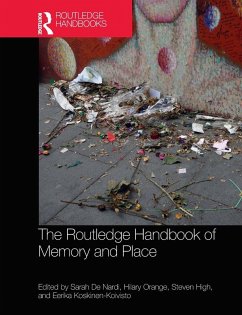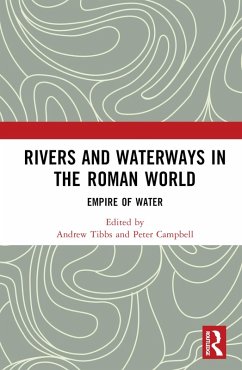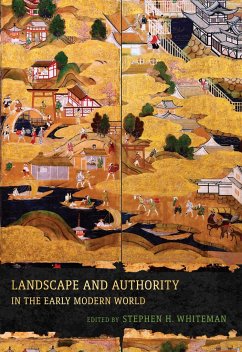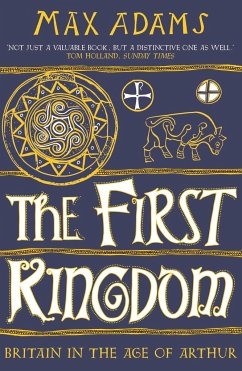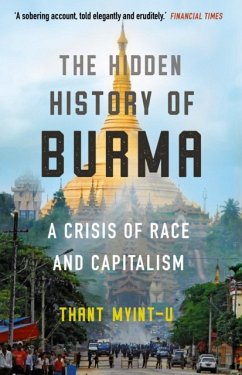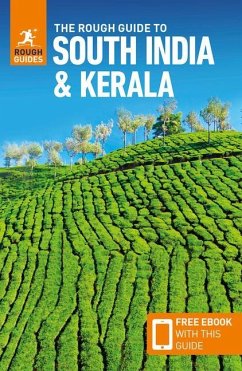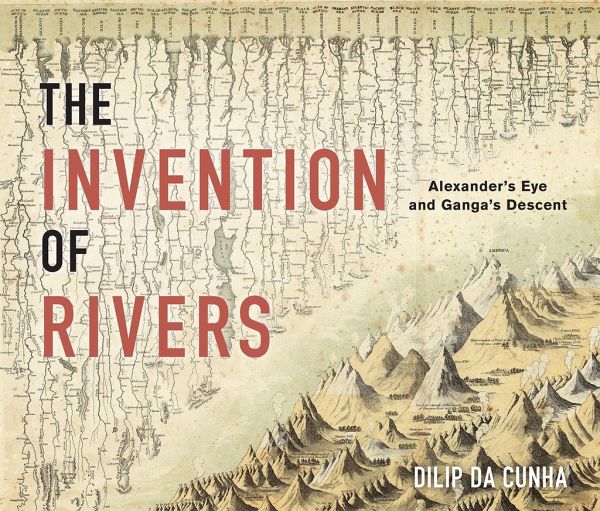
The Invention of Rivers
Alexander's Eye and Ganga's Descent
Versandkostenfrei!
Versandfertig in 2-4 Wochen
105,99 €
inkl. MwSt.

PAYBACK Punkte
53 °P sammeln!
Featuring more than 150 illustrations, many in color, The Invention of Rivers integrates history, art, cultural studies, hydrology, and geography to tell the story of how rivers have been culturally constructed as lines granted special roles in defining human habitation and everyday practice.



